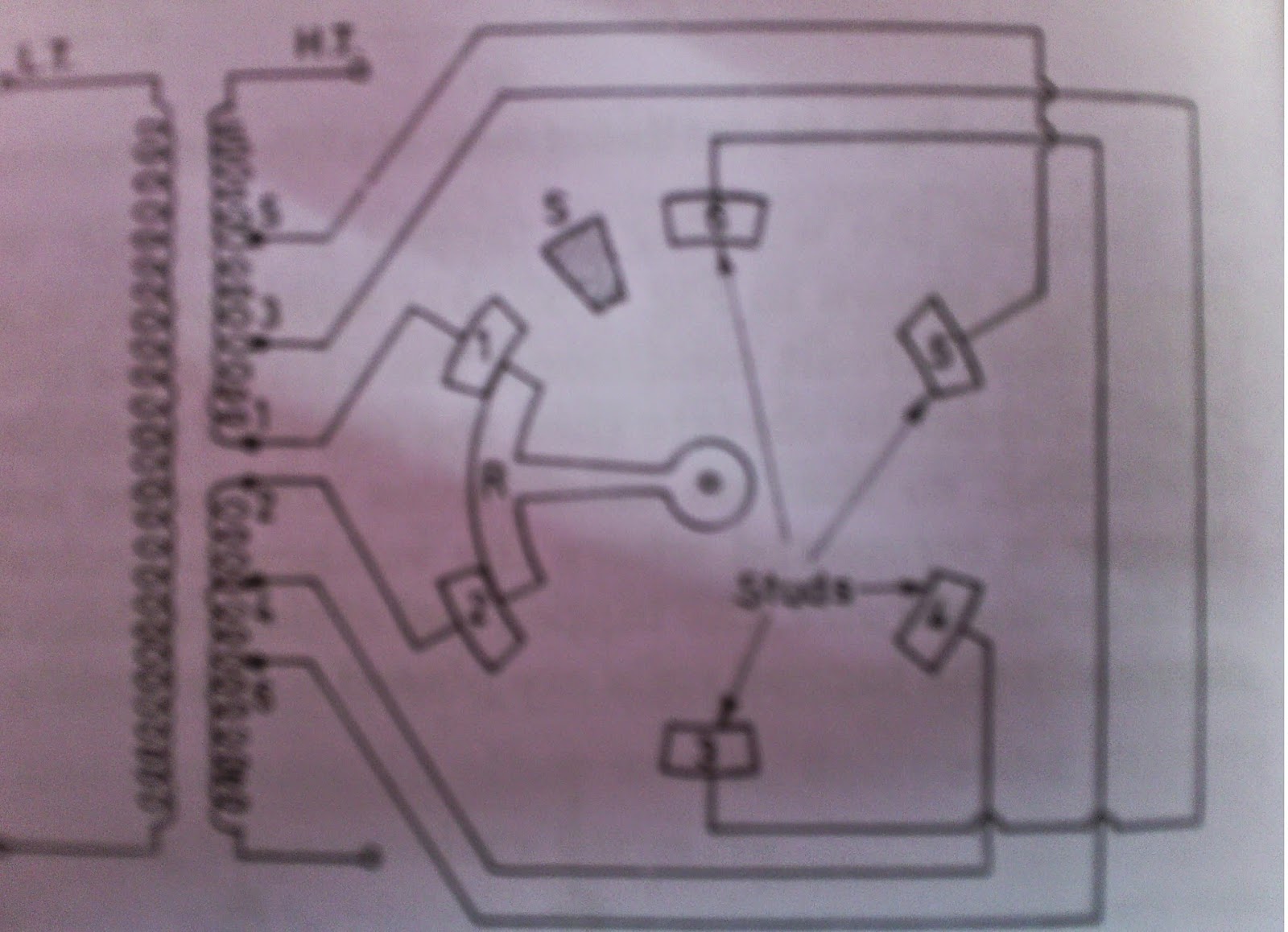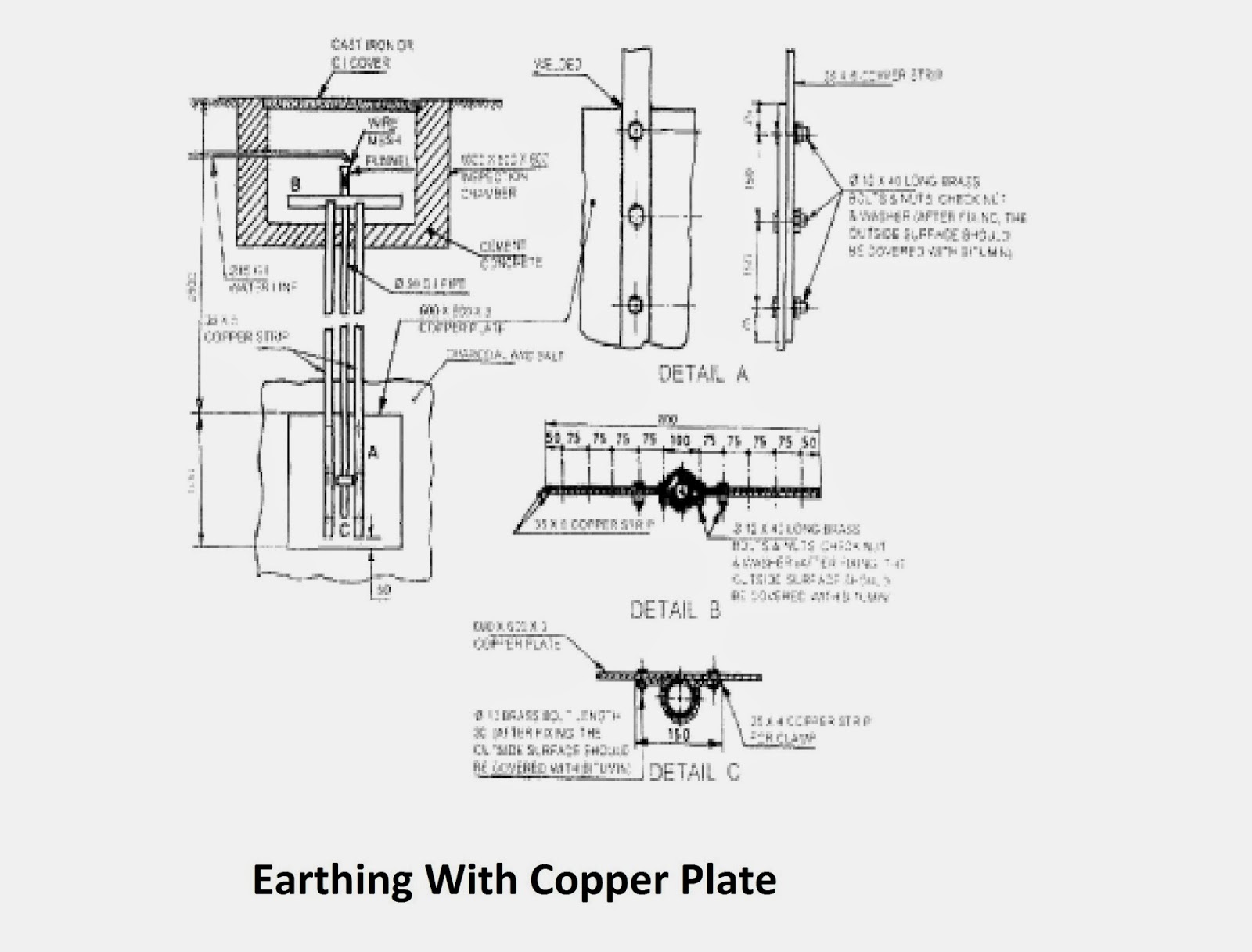Transformer Off-Load Tap changer
There are two types of Tap changers in Transformers depending upon the rating of transformer.
- Off-load Tap changer
- On-Load Tap changer
If a tap-changer is designed to operate with the transformer out of circuit the it is called off-load tap changer. In that Transformer line should be disconnected completely before changing the tap.
If a Tap changer is designed to operate with the transformer in circuit then it is called as On-Load tap changer i.e. tap can be changed even when transformer will remains in line.
Read about about why and where tap changer required in Transformer:-
Read here
Let’s discuss here about off –load or No load Tap changer:-
No Load Tap Changer:-
This type of Tap changer is used for seasonal voltage variations as in Summers load on HT increases leads to drop in HT voltage so O/P can be increased by using Transformer Tap changer and in Winters when load get reduced HT voltage restores to normal levels then tap changer position can be done according to value of HT Voltage.
A tap changer is shown below:-
There are six studs marked as 1-6. The winding is tapped at six points equal to no. of studs. The tapping leads are connected to six corresponding marked stationary studs arranged in circle. The face plate carrying six studs can be mounted anywhere on Transformer. The Rotatable arm R can be rotated by means of Hand-wheel from outside transformer tank.
Winding taps are provided as per requirement if there are huge fluctuations in voltages then %age of tap changer interval vary accordingly.
Let’s assume transformer winding is tapped at 2.5% interval, then with we can get following tapings with Rotatable arm provided outside Transformer tank :-
- At Studs 1,2 : Full winding of Transformer will remains in circuit
- At studs 2,3 : 97.5% Transformer winding will remain in the circuit.
- At Studs 3,4 : 95% of transformer winding will be in circuit
- At Stud 4,5 : 92.5 % of Transformer winding will be in circuit
- At Stud 5,6 : 90% of Transformer winding will be in circuit
Usually in Transformer for 11 KV HT voltage Transformer tapping will be on 3 No. and then O/P voltage tapping will be done according to requirement and Variation in HT voltage.
Stop S fixes the final position and prevents the arm R from being rotated clockwise. In the absence of Stop S the Arm R may be come in contact with Stud 1 and 6. In-Such case only lower part of winding will be cut out of circuit which will leads to mechanical stress which is completely undesirable.
There are following taps available in 11KV/433 V Transformer as below:-
- 11550 HT Voltage – 433 V
- 11275 HT Voltage- 433 V
- 11000 HT Voltage – 433 V
- 10725 HT Voltage- 433 V
- 10450 HT Voltage- 433 V
Initially Transformer tapping is places at 11KV i.e. 3 No. at Rotating Handle.
Due care required when shifting Tap is that Transformer must be disconnected from line
Below Video will explain about off load Tap changer:-


Comments
Post a Comment